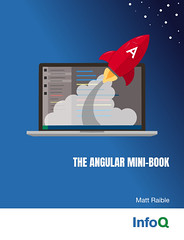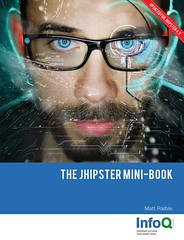CSS Framework Design Contest
Over the past 2 weeks, I've managed to raise $900 for the CSS Framework Design Contest. Thanks to friends, AppFuse users and SourceBeat their donations. You guys rock!
With this cash, I hope to give away 3 prizes: an iPod (60GB), an iPod (30GB) and a 2GB Nano. Of course, if the winners decide they'd rather donate the money to charity, that's cool too. Any additional donations I receive I'm going to send to the Elena Steinberg Memorial Fund.
Here's the rules of the contest: Create a theme (mostly CSS, images allowed) that makes the CSS Framework look good (download source files). This framework is simply a structured bit of XHTML for page layout, and a number of CSS files for positioning. What's missing is a number of good-looking themes to make this framework look even better. I have aspirations of creating something like CSS Zen Garden - but with more of a web-application flavor.
I'll use the same submission guidelines as the CSS Zen Garder, but add that your themes should be Apache licensed. In my mind, this simply means that anyone can use your theme - they simply have to retain your contact information in a comment w/in the stylesheet itself. I'd like to distribute (or at least make available) the top themes to AppFuse users - so they aren't stuck with a single theme. In addition, it probably wouldn't be too hard to make these into Roller themes.
The CSS themes from this contest should be usable in corporate intranets, as well as customer facing applications. Sure, wacky designs are cool, but sharp and clean are better. Extra points will likely be given for themes that pretty up how forms are laid out and displayed. Ajaxian.com links to some good examples, particularly Wufoo.
I've created a CSS Design Contest project in AppFuse's JIRA - so please submit your entries there. The contest ends on March 31st, 2006 at midnight MST. After that, the winners will be decided using some sort of voting mechanism. I hope to create an application to showcase all the entries in the next week or two.
For inspiration, you might checkout Open Web Design and Open Source Web Design.
Good luck folks - may the best design win!




